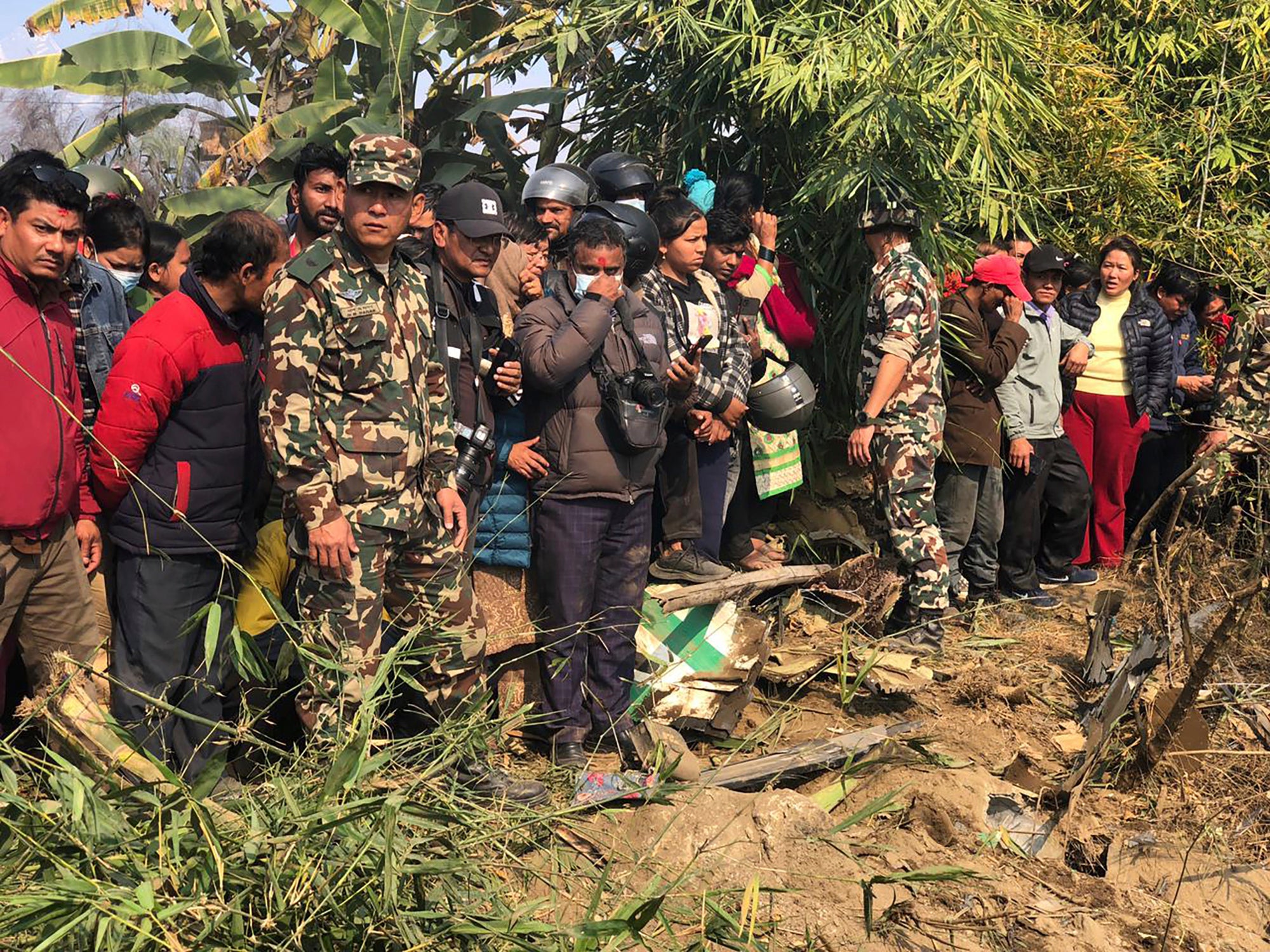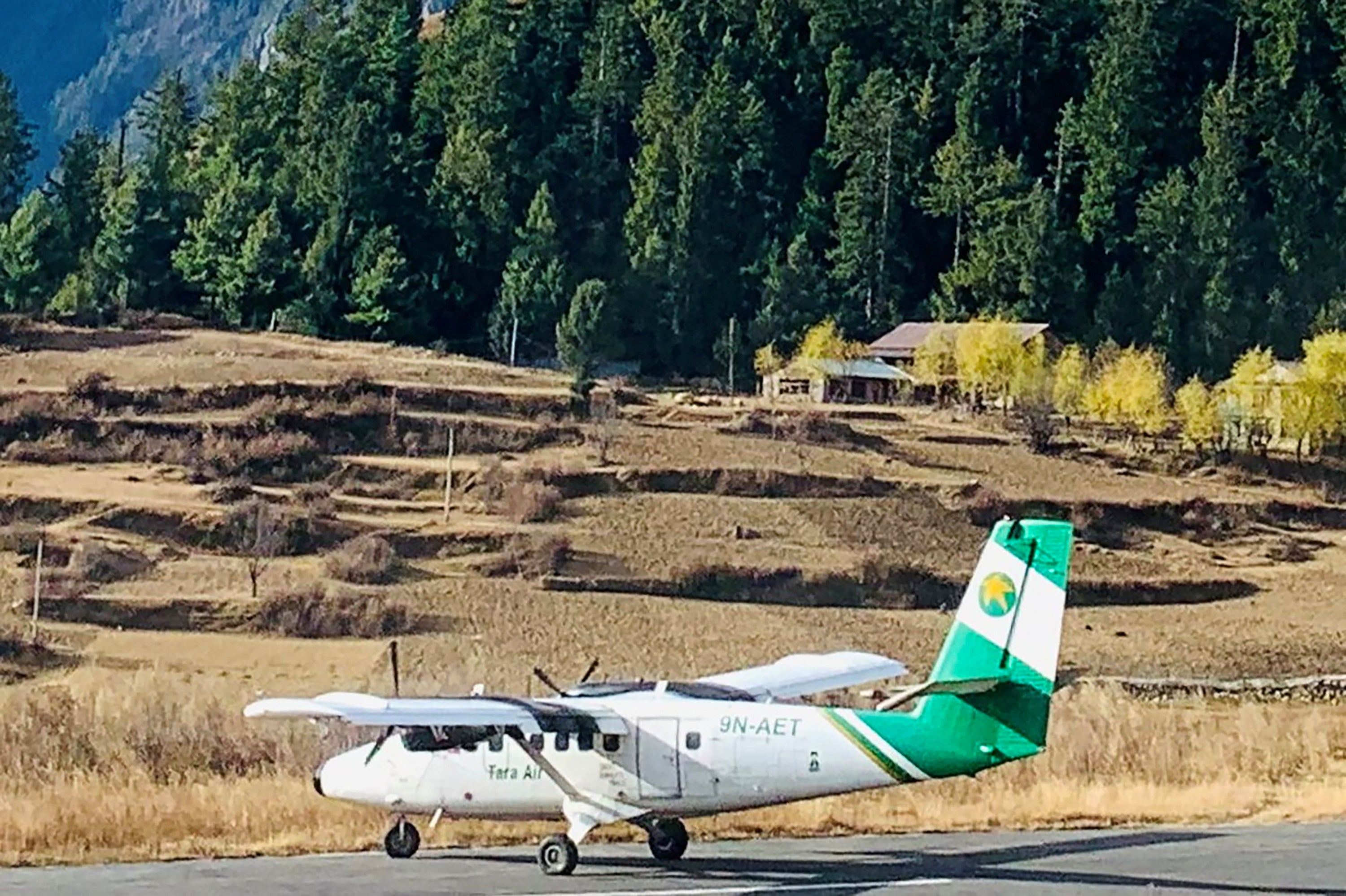Nepal plane crash marks country’s 13th fatal incident since 2010
With the latest accident, the Himalayan kingdom has now suffered 13 tragedies in as many years

Your support helps us to tell the story
From reproductive rights to climate change to Big Tech, The Independent is on the ground when the story is developing. Whether it's investigating the financials of Elon Musk's pro-Trump PAC or producing our latest documentary, 'The A Word', which shines a light on the American women fighting for reproductive rights, we know how important it is to parse out the facts from the messaging.
At such a critical moment in US history, we need reporters on the ground. Your donation allows us to keep sending journalists to speak to both sides of the story.
The Independent is trusted by Americans across the entire political spectrum. And unlike many other quality news outlets, we choose not to lock Americans out of our reporting and analysis with paywalls. We believe quality journalism should be available to everyone, paid for by those who can afford it.
Your support makes all the difference.Almost everywhere in the world, passenger aviation has become extraordinarily safe. In 2022, the total aviation death toll of 174 corresponded to the average number of fatalities on the roads in an hour and a quarter worldwide.
Two weeks ago, Adrian Young of the Dutch air safety consultancy To70 reported: “The fatal accident rate is better than average over the last 10 years.”
But there is one country where plane crashes remain tragically frequent: Nepal.
On the Yeti Airlines website, flight YT691 on Sunday morning from Kathmandu to Pokhara is listed normally as “departed”. In reality, dozens of passengers are dead after the plane crashed on approach to Pokhara international airport.
The cause is not yet known. But with the latest incident, this time involving an ATR 72 aircraft, the Himalayan kingdom of Nepal has now suffered 13 tragedies in as many years.
The current sequence began in August 2010, when 14 people lost their lives on an Agni Air domestic flight from Kathmandu to Lukla, which had turned back because of bad weather at Lukla.
Twenty-two more people died aboard a Tara Air Twin Otter during a domestic flight to Kathmandu in December 2010.

In September 2011, 19 people lost their lives when a Buddha Air Beechcraft commuter plane crashed on approach to Kathmandu.
A year later, seven British passengers were among the 19 people who died on board a Sita Air Dornier 228 that came down shortly after take-off from Kathmandu, destination Lukla. They were at the start of what was to be a three-week trek.
The litany of tragedy continues. While crashes in parts of Africa, South America and the former Soviet Union are far from unknown, accident rates in Nepal resemble those from the early days of mass passenger air transport in the 1950s rather than the ultra-safe 2020s.

The challenging terrain and weather in Nepal demand pilots and engineers of the highest standard, but time and again they fall short.
The nation’s airlines tend to use old, ill-maintained aircraft, with inadequate training in, and enforcement of, international aviation norms. All of Nepal’s airlines are banned from operating within the European Union because of safety shortcomings.
For the past seven years, the International Civil Aviation Organization has been seeking to reduce the death toll under its “No Country Left Behind” initiative, but there is little evidence of progress.
Travellers to the mountain kingdom must continue to weigh the risks of flying – while also being aware that Nepal’s roads are lethal, too, with an accident rate six times higher than in the UK.



Join our commenting forum
Join thought-provoking conversations, follow other Independent readers and see their replies
Comments